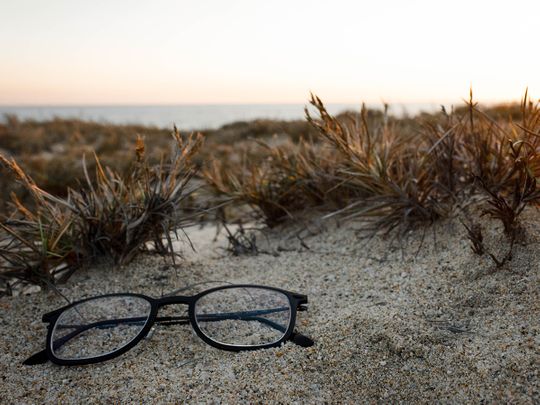
Who hasn’t lost something? Whether a phone, a key or a wallet, things often go missing, leading us to scratch our heads and retrace our steps. But perhaps there’s a better way to retrieve lost items – a mathematical search technique that increases the odds of finding them.
Click start to play today’s Spell It, where we set an interesting locating strategy into ‘motion’.
When things go missing for you and me, we do the obvious: retrace our steps, look into locations where we usually place the item, or try to remember anywhere unusual we’ve been to recently.
But when entities with vast resources lose something massive and hazardous – like a nuclear submarine – they call in experts of Bayesian search theory to help. According to a December 2022 report in US-based multimedia website Big Think, it’s a concept that streamlines the logic of our search, saves us time and money, and is simple enough to use in our everyday lives.
It starts with a mathematical concept: probability. The odds of the lost item being in one place versus another, is a concept that can be turned into a simple map, divided into a grid, which each section assigned a specific probability. In mathematical terms, it’s a form of probability density function.
Here’s how it works. Let’s imagine that you left your car in a parking lot with a 100 spots, and you’ve forgotten where it is. The probability density function would show up as one box for each parking space, each with a probability of 1/100 (or 0.01). As you add more information, the probability density function changes, helping you narrow down your options and speed up your search.
So, for instance, we can assume you didn’t use any of the spots for people with disabilities, and there are 10 such spots. That changes the probability to 0.011 in 90 of the spaces, and 0.001 in each disabled space (assuming there’s a 10 per cent chance you made a mistake in parking).
You can then add in more data. If 10 spots in the furthest part of the parking lot are empty, there are zero chances of your car being there. So, your probability density function changes again – 80 squares with a probability of approximately 0.0125. If you usually try to find parking closest to the store, those spots will have a higher probability, compared to spots further away.
This kind of map works wonders in helping you zone in on the area where your lost item might be. But you can go a step further and add a second map. In this map, you’d factor in a different probability – for each search area, what are the chances that you’d actually find the item if it were in that spot?
Here’s an example. Say you lost an important document, and you’ve created a probability density function, like we did with the parking scenario. Now you can add a second map, based on specific locations within the grid. For instance, if your desk is empty and organised, you’d be more likely to see the document, if it were there. On the other hand, if your desk is cluttered and full of piles of paper, your chances of spotting it there would be lower.
If you take both probability distribution maps and multiply them, the search area that is both likely to contain the item, and has a good chance of you finding it there, will be represented by a higher number. That’s ideally where you should begin your search.
According to the Big Think report, the trick is to use intelligent reasoning in your probability distributions, and to modify it as you go. Bayesian theory combines common sense with mathematics to help you conduct a rigorous search in a formalised, smart format, helping you save time and increasing your chance of success.
Would you give this theory a go? Play today’s Spell It and tell us at games@gulfnews.com.








